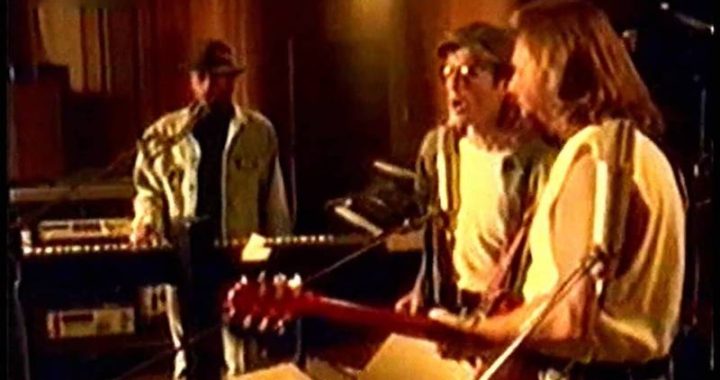Most song lyrics tell a story, whether it recounts a series of events in chronological order, or just simply implies a story. In fact, it’s probably true to say that most songs just imply a story, and we fill in a lot of details as the listener.
There are any number of examples of what I’m talking about, but consider the Bee Gees hit song, “How Deep Is Your Love?”, one of their biggest hits in the 70s. When you read the lyrics line by line, you’re not really getting a story as much as you’re getting a set of circumstances:
I know your eyes in the morning sun
I feel you touch me in the pouring rain
And the moment that you wander far from me
I wanna feel you in my arms again
And you come to me on a summer breeze
Keep me warm in your love, then you softly leave
And it’s me you need to show… How deep is your love?
The lyric presents a series of little vignettes, all meant to say, “Here’s how much I love you, and why I love you so much. But now you need to let me know how much you love me.”
Is that a story? Not really. But for fans of the song, it’s not hard to place themselves right in the lyric, picturing someone they’ve loved that much, and in a sense, everyone’s creating a different story for which those lyrics apply.
When you read each line of the lyric, you get a sense of progression, where each line acts as a “logical follower” for the line that happened just before it. The first line talks about the sun, the second line talks about rain. The third line mentions being far away, the fourth line brings it all closer “in my arms again.”
This is actually a little tricky for songs that imply stories. When a song is a true story song, like “The Wreck of the Edmund Fitzgerald” (Gordon Lightfoot), or “Take the Money and Run” (The Steve Miller Band), you have the luxury of simply telling the story. There is a lot more to writing a good lyric, mind you, but getting things in the right order is an important part of the job.
If your song lyric is one that implies a story, allowing your audience to fill in details and imagine themselves as players in that story, it can sometimes help to read your song in reverse… to read the last line, and then the line that leads into it, and ask yourself, “Is that last line a good follow-up for the line that immediately precedes it?” The proceed backwards through your lyric in that way.
In lyrics that imply a story, there won’t be the strict sense of story that you pick up from a traditional story song, but each line has to flow and pull the listener along in a way that resembles a story.
 Written by Gary Ewer. Follow Gary on Twitter.
Written by Gary Ewer. Follow Gary on Twitter.
 “The Essential Secrets of Songwriting” eBook bundle comes with a free copy of “Use Your Words! Developing a Lyrics-First Songwriting Process,” along with a Study Guide. Learn how to make the writing of a good lyric the starting point for your own songwriting method.
“The Essential Secrets of Songwriting” eBook bundle comes with a free copy of “Use Your Words! Developing a Lyrics-First Songwriting Process,” along with a Study Guide. Learn how to make the writing of a good lyric the starting point for your own songwriting method.










